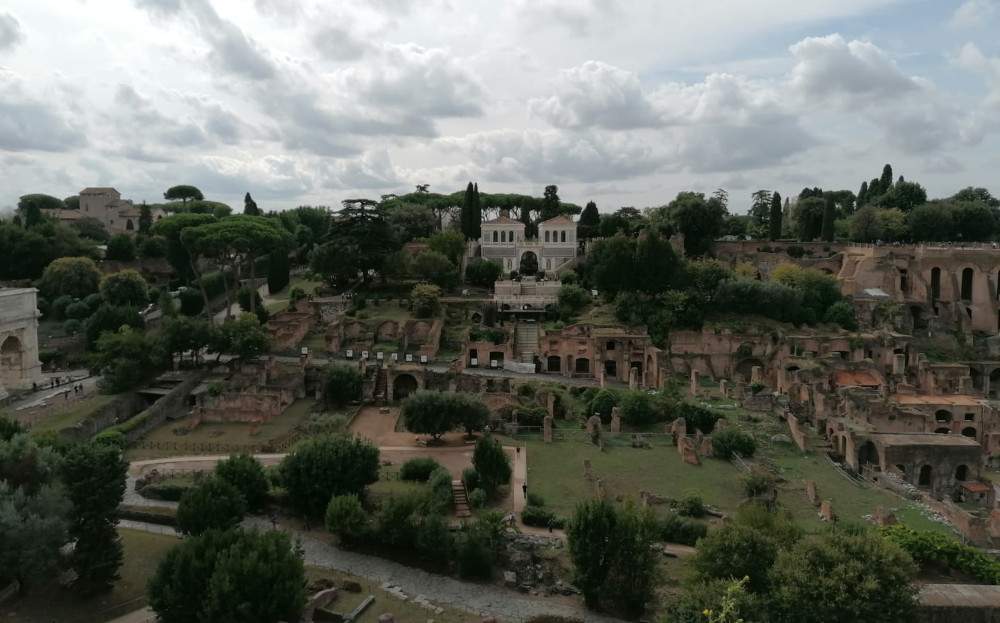A new real-time, web-GIS-mode platform prepared for the preservation and management of greenery in parks of historical, cultural, archaeological and natural interest was presented today at the Curia Iulia as part of the Living Labs meeting sponsored by the Colosseum Archaeological Park. Space to Tree: Earth Observation based monitoring of Natural and historical Park, this is the name of the platform, aims to facilitate an effective monitoring activity on the health status of the trees in the Colosseum Archaeological Park in defense of the beauty of the arboreal, archaeological and monumental heritage that the Park guards.
The Colosseum Archaeological Park, in collaboration with DIGIMAT S.p.A, with the Institute of Methodologies for Environmental Analysis (IMAA) and the Institute of Cultural Heritage Sciences (ISPC) of the National Research Council, who are the creators, has experimentally applied to five centuries-old Pinus pinea trees in the PArCo the alert system capable of monitoring the biomechanical parameters of the vegetation, as well as managing risks while avoiding damage to people or property.
An initiative, also being tested at the Metaponto Nature Reserve in Basilicata, which finds its application within the Colosseum Archaeological Park, which has always been committed to the preservation and enhancement of the great tree heritage preserved within it and which also includes 148 ultracentenarian trees.
The S23 platform will thus enable targeted action to protect the green heritage, through an innovative and immediately effective tool, useful as much to researchers as to agronomists, botanists and landscape architects, allowing a timely detection of possible criticalities but also of the types and characteristics of the trees themselves.
The instrument, which operates in multiscale and multiparameter mode, enables constant remote monitoring thanks to a “Remote Sensing” technology mounted on Sentinel2 satellite platform capable of capturing chlorophyll changes from space through ESA’s Copernicus Program. Through instrumentation operating with photogrammetric, infrared thermographic and radar technology, it will thus be possible to analyze the state of the tree trunk, highlighting its fullness or the presence of internal fractures; a proximal Iot Sensing approach in 5G technology will allow correlating the data with wind components measured with a local anemometer, installed on the terrace of the Basilica of Maxentius, monitoring the dynamic behavior of trees subjected to mechanical stress.
Speakers at the presentation of the project and platform included Alfonsina Russo, Director of the Colosseum Archaeological Park, Gabriella Strano, Landscape Architect of the Colosseum Archaeological Park, Domenico Conte, SW Development and Industrial Research Division Digimat S.p.A, Nicola Masini, CNR Research Director and Deputy Director of CNR-ISPC, Rosa Lasaponara, Scientific Manager of ARGON Laboratory of CNR-IMAA and Nicodemo Abate, CNR-ISPC Researcher.
 |
| At the Colosseum Park an experimental monitoring system for the protection of centennial trees |
Warning: the translation into English of the original Italian article was created using automatic tools. We undertake to review all articles, but we do not guarantee the total absence of inaccuracies in the translation due to the program. You can find the original by clicking on the ITA button. If you find any mistake,please contact us.